
What to see in Papua New Guinea
Located in the Pacific Ocean, the country of Papua New Guinea is famous for its amazing and unique natural landscapes. Here you can see high volcanic mountains, dense tropical forests, picturesque beaches and coral reefs. This island country has truly unique flora and fauna.
The culture of Papua New Guinea is also amazingly diverse. On the territory of the country live about 800 different tribes with their traditions, customs and languages. Tourists are attracted by colorful ethnic festivals, ritual ceremonies of Papuans in traditional dress, the opportunity to get acquainted with the life of local people.
The capital of the country Port Moresby is famous for its picturesque landscapes and interesting sights. Among them are the National Park and Cultural Center, National Museum and Art Gallery, traditional markets.
Papua New Guinea - this amazing country with huge potential is open for investment and business.

Travel to Papua New Guinea right now!

Process your visa to Papua New Guinea with us quickly and inexpensively!
Interesting facts about Papua New Guinea:
- Papua New Guinea has few roads and only covers a small part of the country. The more remote parts of the country can only be reached by airplane or sea.
- Most of the population still lives a lifestyle close to primitive.
- Urban population in this country is only about 15%.
- The nominal head of this state is the ruling English monarch. Until 2013 the law on witchcraft was in force and applied here - a supposed sorcerer could part with his life, becoming a victim of angry fellow villagers.
- There are three official languages here - English, Hiri Motu and Tok Pisin. In fact, each tribe, living in complete isolation in the jungle, has its own language, and the inhabitants of one village usually do not understand the inhabitants of another, located about 20 kilometers away from them. English is spoken by about 1% of the population.
- In total, Papua New Guinea has about 800 languages, which is 10% of the world's number.
- There is a unique bird here - the crowned pigeon. It is found nowhere else in the world.
- In addition to the main possessions, Papua New Guinea owns about 600 smaller islands.
- There are about 20 thousand species of plants.
- By the time of the beginning of colonization in the 19th century, local aborigines lived exactly the same way as their distant ancestors several thousand years ago.
- Almost all shores of Papua New Guinea are swampy lowlands or mangroves, extending several tens of kilometers inland.
- The famous traveler Miklukho-Maclay lived for 4 years in a primitive village with local Papuans, studying their life, manners and customs.
 Algeria
Algeria
 Angola
Angola
 Benin
Benin
 Botswana
Botswana
 Burkina Faso
Burkina Faso
 Burundi
Burundi
 Cameroon
Cameroon
 Cape Verde Islands
Cape Verde Islands
 Chad
Chad
 Congo Rep.
Congo Rep.
 Côte d'Ivoire
Côte d'Ivoire
 Egypt
Egypt
 Equatorial Guinea
Equatorial Guinea
 Ethiopia
Ethiopia
 Djibouti
Djibouti
 Gabon
Gabon
 Ghana
Ghana
 Guinea
Guinea
 Kenya
Kenya
 Malawi
Malawi
 Mali
Mali
 Morocco
Morocco
 Mozambique
Mozambique
 Namibia
Namibia
 Niger
Niger
 Rwanda
Rwanda
 Sao Tome and Principe
Sao Tome and Principe
 Sierra Leone
Sierra Leone
 Southern Sudan
Southern Sudan
 South Africa
South Africa
 Sudan
Sudan
 Tanzania
Tanzania
 Togo
Togo
 Uganda
Uganda
 Zimbabwe
Zimbabwe
 Zambia
Zambia
We will contact you as soon as possible.
Kind regards,
Visa-Navigator.com team


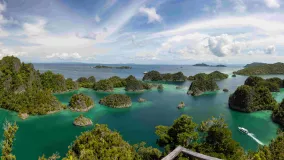
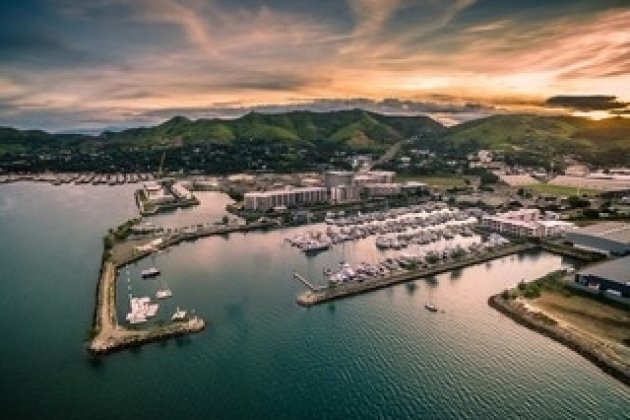
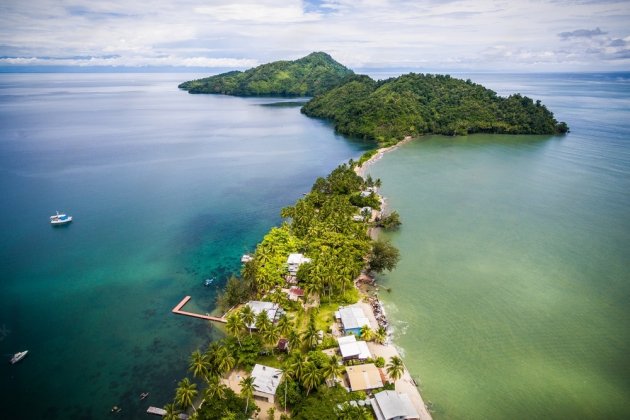
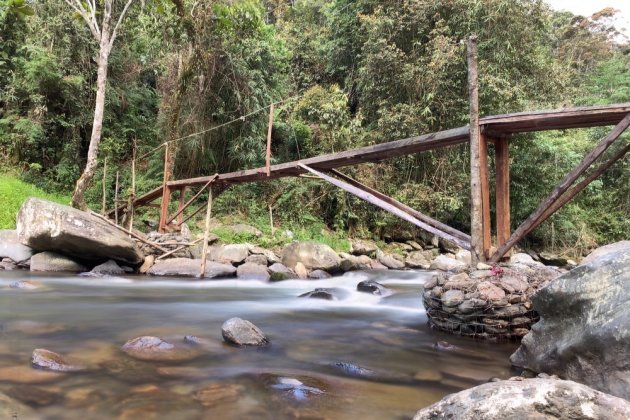
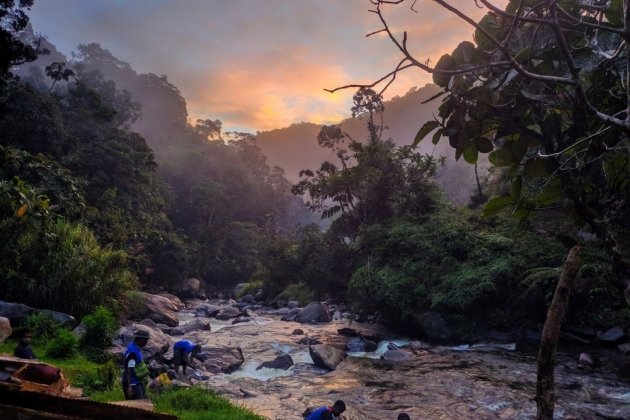
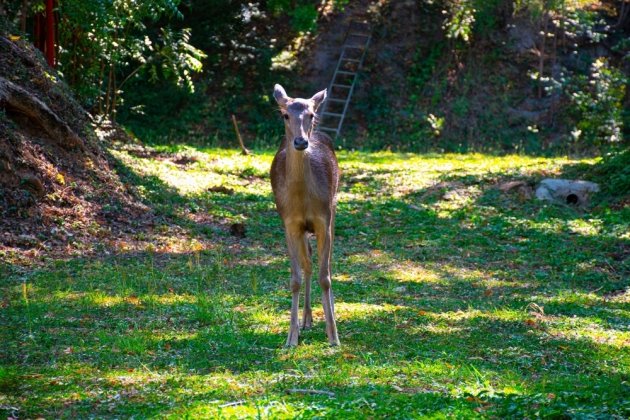
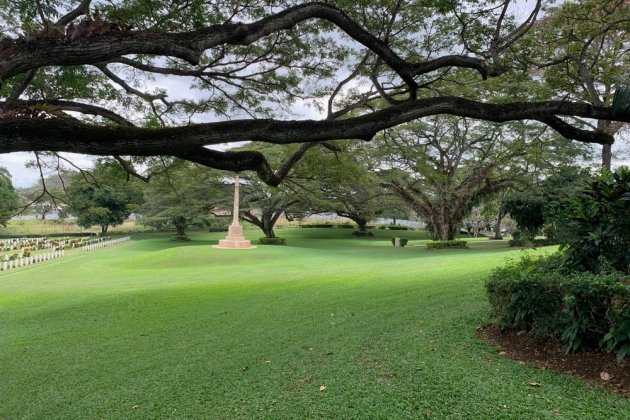
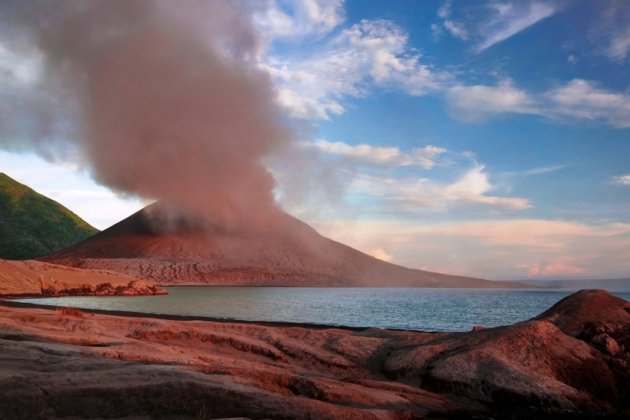
 Azerbaijan
Azerbaijan
 Belarus
Belarus
 Russia
Russia
 United Kingdom
United Kingdom
 Turkey
Turkey
 Bahrain
Bahrain
 Bangladesh
Bangladesh
 Bhutan
Bhutan
 Cambodia
Cambodia
 China
China
 Indonesia
Indonesia
 India
India
 Iran
Iran
 Kazakhstan
Kazakhstan
 Jordan
Jordan
 Kuwait
Kuwait
 Laos
Laos
 Lebanon
Lebanon
 Maldives
Maldives
 Mongolia
Mongolia
 Myanmar
Myanmar
 Nepal
Nepal
 Oman
Oman
 Pakistan
Pakistan
 Philippines
Philippines
 Saudi Arabia
Saudi Arabia
 South Korea
South Korea
 Sri Lanka
Sri Lanka
 Tajikistan
Tajikistan
 Thailand
Thailand
 Turkmenistan
Turkmenistan
 UAE
UAE
 Uzbekistan
Uzbekistan
 Vietnam
Vietnam
 Yemen
Yemen
 Bolivia
Bolivia
 Antigua and Barbuda
Antigua and Barbuda
 Bahamas
Bahamas
 Canada
Canada
 Cuba
Cuba
 Montserrat
Montserrat
 Puerto-Rico
Puerto-Rico
 St. Kitts and Nevis
St. Kitts and Nevis
 USA
USA
 Australia
Australia
 New Zealand
New Zealand